The Santa Cruz Museum of Natural History has some tips on what to see in the blossoming new season, from wildflowers to migrating shorebirds to humpback whales.
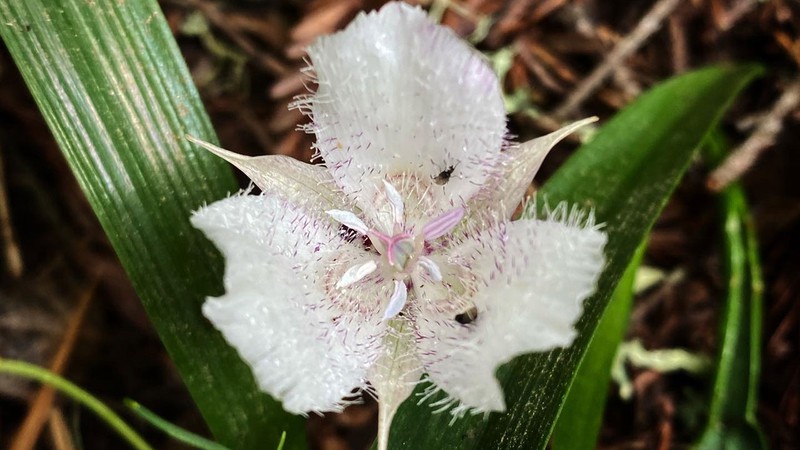
When walking around this spring, keep an eye out for the stunning Calochortus lily. Courtesy of Santa Cruz Museum of Natural History
Editor's note: In “What You Should Know to Be a Poet,” the great California literary hero Gary Snyder recommends learning “all you can about animals as persons / the names of trees and flowers and weeds / names of stars, and the movements of the planets and the moon / your own six senses, with a watchful and elegant mind.”
That sage advice obviously has more than literary value. In this brief listicle, published in 2023 but evergreen, especially after another wet winter, you will be introduced to flowers and frogs, birds and bugs, shearwaters and whales. In addition to the immediate edutainment value, you will learn some stuff that will help you appreciate this magnificent season more deeply.
Spring has sprung! Finally! This season change is particularly welcome after the record-breaking winter rainy season of 2023, which felt like it would never end. Now that the sunshine has returned and is here to stay for a while, the natural world around us is emerging from winter dormancy and transitioning into the beautiful spring regrowth. “Heavy winter rains have primed the region for a great wildflower season,” says Marisa Gomez, the community education and collaboration manager at the Santa Cruz Museum of Natural History.
Now is a great time to visit the museum, she says. “The Garden Learning Center bursts with colors during the spring and is home to dozens of species of native plants. Inside the museum you can learn about local reptiles, spring migratory birds, marine mammals, and also enjoy our annual science illustration exhibit, The Art of Nature. It's a great gateway to the outdoors.” Be sure to also check out this helpful wildflower guide from the museum.
From colorful blooms to buzzing insects, here are a few of the natural wonders of Santa Cruz you can enjoy this season.
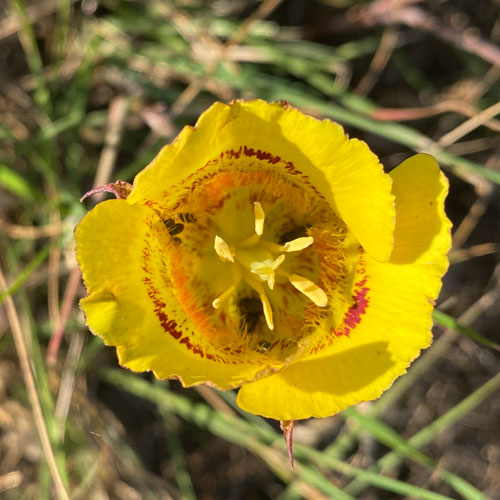
Spring is arguably the most colorful time of year around Santa Cruz. Find blooming natives such as the Santa Cruz manzanita (Arctostaphylos andersonii) with its pink, bell-shaped blooms, alongside bright yellow bush poppies (Dendromecon rigida), vibrant orange California poppies (Eschscholzia californica) and the rich tangerine drops of the bush monkeyflower (Diplacus aurantiacus). “Come May, we should begin to see more of the perennial wildflowers, such as Calochortus lilies, which are some of the most beautiful and beloved flowers in the state—at least by me!” Gomez says. “If you happen to stumble upon a particularly lush field of flowers, remember to observe with care. Stick to designated trails, leaving the flowers where and how you found them for all to enjoy, including our native pollinators.”
Spring is the best time to start seeing baby woodland mammals. Take a hike around Henry Cowell State Park, Nisene Marks State Park, or any other wooded area that local black-tailed deer (Odocoileus hemionus) frequent and you may spot a sweet speckled fawn. Keep your eyes peeled, because they won’t be the only forest babies you see—spring is also when baby bush rabbits (Sylvilagus bachmani), coyote cubs (Canis latrans), and gray fox kits (Urocyon cinereoargenteus) begin to emerge.
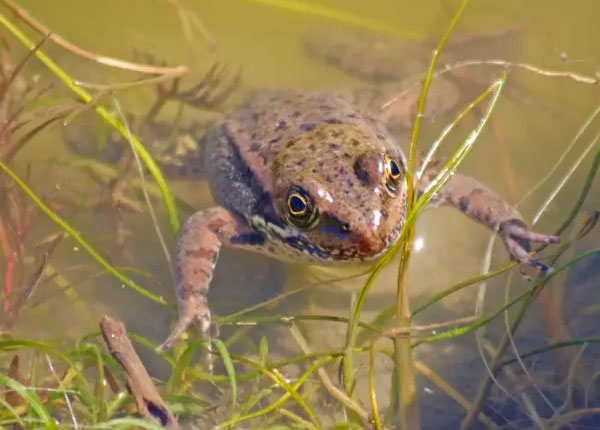
Walk by a pond or stream at dusk or dawn and you’re likely to hear a chorus of croaks this time of year. Although bullfrogs have made it difficult for native frog species to thrive, you may still find California red-legged frogs (Rana draytonii) and foothill yellow-legged frogs (Rana boylii) in streams and ponds in the Santa Cruz Mountains.
If you haven’t already, now is a good time to get your hummingbird feeders up. Anna’s hummingbirds (Calypte anna) and Allen’s hummingbirds (Selasphorus sasin) are zipping through the air as temperatures warm up. Another frequently spotted nectar-sipper is the burnt-orange rufous hummingbird (Selasphorus rufus), passing through our area as it flies north to summer breeding grounds in the Pacific Northwest and Alaska.
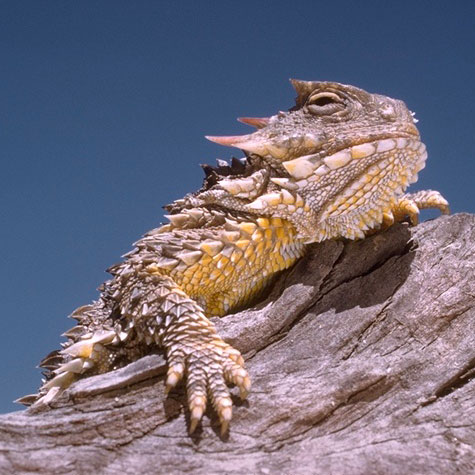
“Spring is a great time to get to know our local reptiles,” Gomez says. “As temperatures rise, ectothermic or cold-blooded animals like lizards and snakes become more active. Watch for them on warm, sunny days in the middle of trails and sunbathing on rocks.” Some of the more common species in our area include the coast horned lizard (Phrynosoma coronatum), Western fence lizard (Sceloporus occidentalis), and the gopher snake (Pituophis catenifer).
Birds, mammals, amphibians and reptiles aren’t the only creatures emerging with the sun this time of year. Snails, slugs, and insects abound, enjoying the still-damp soil and fresh green foliage to munch on. Of course, the bright yellow banana slugs (Ariolimax dolichophallus) are probably the easiest and most fun to spot. There are also literally hundreds of species of wild bees taking advantage of the plethora of blooms in the area this time of year—from the large black carpenter bees (Xylocopa) to the delicate ultra-green sweat bee (Halictidae).
“Spring is a great season to go out on a whale watching boat, or to scour the horizon for clouds of mist rising from blowholes while walking on West Cliff Drive,” Gomez says. We’re fortunate to live in a coastal region where we can spot whales almost anytime of year, but the spring upwelling of nutrients in the Monterey Bay creates a large spike of food that attracts an abundance of marine life. “Migrating humpback whales can be seen in abundance in the Monterey Bay beginning around April,” she says.
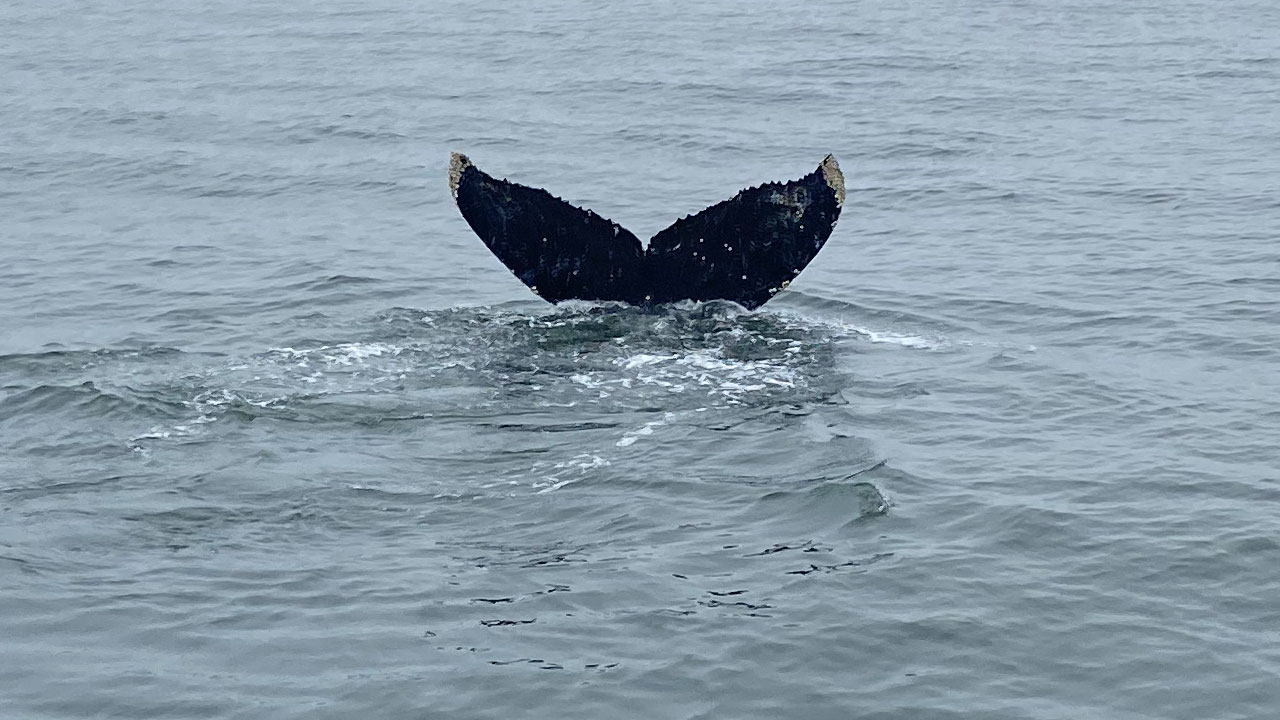
Whales aren’t the only marine life that take advantage of the upwelling in the Monterey Bay each spring. Many species of seabirds enjoy it, too. Keep an eye out for Arctic terns (Sterna paradisaea) passing through, and sooty shearwaters off the coast in flocks so big they look like low-flying clouds on the horizon. Caspian terns (Hydroprogne caspia) and Forster's terns (Sterna forsteri) are also arriving and claiming their nesting spots in spring.
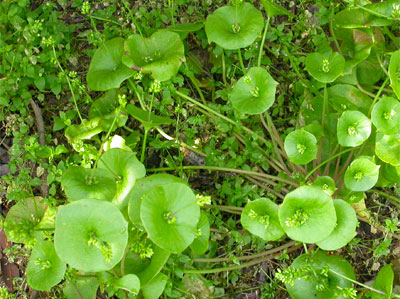
The abundant moisture of this past winter has resulted in a boom of miner’s lettuce (Claytonia perfoliata) in our region. This edible plant grows in large bunches about a foot high and is characterized by its bright green, disc shaped leaves, each of which sprout a single white blossom in the middle. The fleshy green leaves have a mildly sweet flavor, are similar in texture to spinach, and are high in vitamin C.
Maybe a fruit salad is more your thing? California blackberry (Rubus ursinus) brambles are prolific in this area and will likely produce some extra juicy berries after such a wet winter. You can find blackberry vines and bushes in wooded areas and alongside streams and creeks. Be careful when harvesting, as the plant grows in the same environment at poison oak, and the vines are covered in small thorns. But don’t let that deter you, as there are few treats in life sweeter than fresh, wild berries.
About our expert: A California native, Marisa Gomez moved to Santa Cruz in 2011, and initially became involved with the museum as a volunteer. Now, she enjoys getting to work with expert naturalists and novices alike, and helping people of all backgrounds connect with nature.
Visit the Santa Cruz Museum of Natural History, 1305 East Cliff Drive, to learn more about the local natural wonders listed here and many others. And check out The Art of Nature, an exhibition on science illustration, on view through May 11.